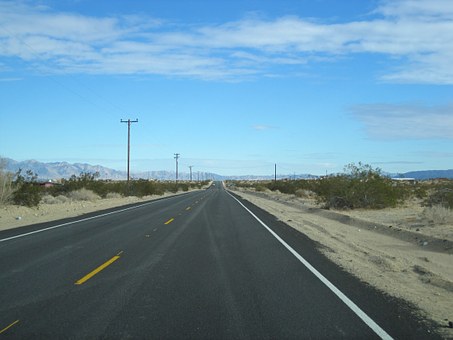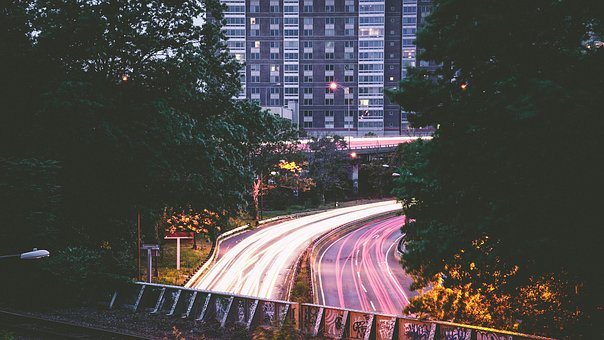How To Select A Vision System For Industrial Automation

As with any new installation of a component of factory automation it is necessary to first define the tasks that the component is to perform
. The definition of the tasks will have to be determined by looking at the overall requirements of the manufacturing process. There will be some variation in the tasks required of a vision system for industrial automation. These requirement variations will dictate characteristics that must be included in this part of the system to get optimum performance. If this set of components is designed specifically to be optimized for one task it may or may not be useable for another completely different task. If the system is used to evaluate an assembly operation, it will have to have the ability to pinpoint reference points and assist in the orientation of parts based on the reference points. If inspection is the task of the vision system for industrial automation then it will be required "see" the detail in an image and the system will make decisions about whether a product is acceptable.The combination of parts of the vision system for industrial automation will determine the vision abilities that the component brings to the manufacturing operation. Proper lighting, a camera or cameras, and the proper lens are the basic parts of this unit. Each of these parts has a wide array of unique choices that can be used to make up the system. By varying the combination of these units a manufacturer can create different types of components with widely varied capabilities. In some instances there may be the need for the system to detect the smallest object or defect or evaluate the texture of a part.
Vision requirements would dictate a certain combination of units in the vision component. If a short cycle time to capture an image or accurate measurement of a product size is required another combination of units may have to be used. The environment of the vision system for industrial automation will also influence the units that can be used to make up the system. Humidity levels, temperature, dust, and vibration must be addressed for optimum results with a this equipment. Operating space can be a limiting factor in the location of the equipment. A quality system integrator will be able to assist in determining the combination of units to build the vision system for industrial automation.
The long range support of the vision system for industrial automation must be taken into account when a system is being designed. It is important to determine in advance who will be responsible for the programming and changes that need to be made to the system during daily operations. The best type of long term support of the system is to have someone on staff who has the expertise to modify or make corrects to errors in the programming for the components. The next best support for the system is to have a contractual relationship with a system integrator who has someone to make changes to the programs. If the vision equipment has the ability to work in more than one location on the factory floor, there will need to be adjustments made to the vision program to allow for this. It is critical that planning be in place to account for the time that production may be down while adjustments are made to the programming of the vision elements. The less impact this makes on overall production, the better. If planning is not done in advance there could be some major impacts to the production rate.

How the vision system for industrial automation must interact with the other production line equipment is a consideration. There are varying levels of difficulty in implementation of the system based on the complexity of requirements from these components. If the operation of the system simply activates a switch to either accept or reject a given product, it is easier to integrate with other parts of production. The installation of a vision element that must send instructions to other parts of the production line based on information that it gathers is much more time consuming and complex to implement. There are cases when data gathered by the vision must be collected in a database that resides on the company network. This would increase implementation time.
The interaction of the these elements with human operators has to be done through the software that controls the overall system. In some cases the human operator may need to enter inspection tolerances or other parameters to maintain the continuous flow of the production system. The human operators must have full training in order to have the ability to keep the whole system running effectively. Operators will need to have in-depth training so that they can manage any situation that might arise while the system is running. The software will need to be designed so that any entries made into the system will be safeguarded from inaccuracies.
by: John Mitchell